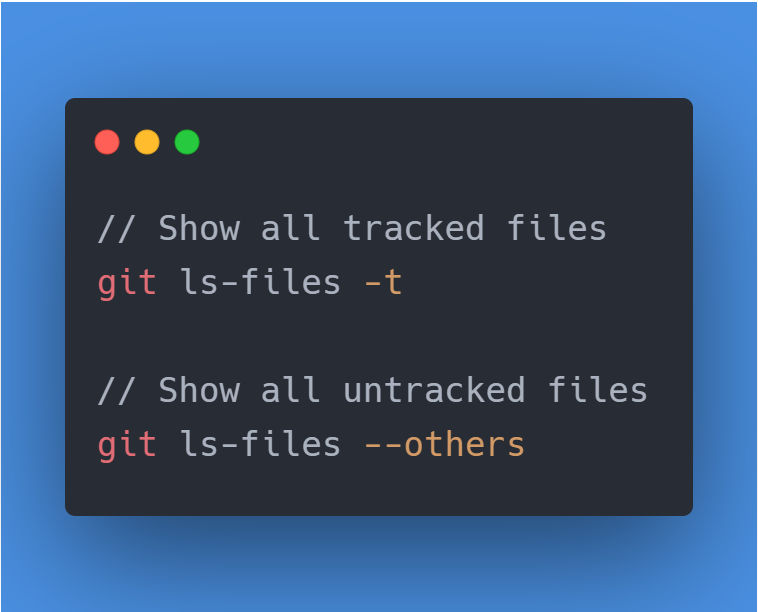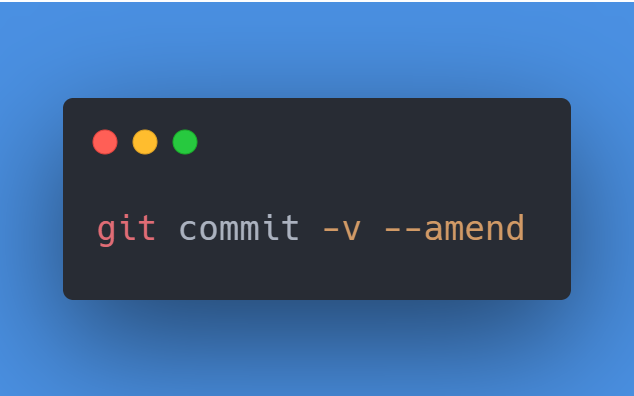
A thread on #HeadlessCMS where you will know most of things about what it is, how is it different to traditional #CMS, why it matters, pros & con's, and the most popular Headless CMS.
👇 #100DaysOfCode
👇 #100DaysOfCode
So before you understand what this #HeadlessCMS is all about, in the first place you should know need to understand the difference between a Headless CMS and a conventional (or traditional) #CMS.
👇 #100DaysOfCode
👇 #100DaysOfCode
Traditional #CMS platforms, like Joomla for instance, come with a front-end delivery layer, otherwise known as the “head” — that dictates how the content is presented to the end-user (1/3).
,👇 #HeadlessCMS #100DaysOfCode
,👇 #HeadlessCMS #100DaysOfCode
The front-end is tightly coupled with the back-end, which stores the content alongside the database, files, and codebase that help to operate the #CMS platform (2/3).
👇 #HeadlessCMS #100DaysOfCode
👇 #HeadlessCMS #100DaysOfCode
#HeadlessCMS has had its “head” — or front-end delivery layer — removed, leaving only the back-end. As a result, the content inside the #CMS is no longer tied to a particular template or delivery layer. Instead, it’s free to be sent to any channel/device (3/3).
👇#100DaysOfCode
👇#100DaysOfCode
So now you understood the difference between the traditional #CMS and #HeadlessCMS. So niw its time to exactly what Headless CMS is all about in the next tweet.
👇 #100DaysOfCode
👇 #100DaysOfCode
So, what is Headless CMS ?
Headless CMS architecture separates back-end content functions (like creation, management, and storage) from front-end functions (like presentation and delivery).
👇 #100DaysOfCode #HeadlessCMS #CMS
Headless CMS architecture separates back-end content functions (like creation, management, and storage) from front-end functions (like presentation and delivery).
👇 #100DaysOfCode #HeadlessCMS #CMS
Why you should use #HeadlessCMS?
This Headless approach allows developers to provide content as a service (#CaaS), which simply means that content storage and delivery are handled by separate software.
👇 #100DaysOfCode #CMS
This Headless approach allows developers to provide content as a service (#CaaS), which simply means that content storage and delivery are handled by separate software.
👇 #100DaysOfCode #CMS
Here are some of the most popular #HeadlessCMS that i'll cover it herr:
➡ #Contentful
➡ #GraphCMS
➡ #Strapi
➡ #AgilityCMS
➡ #NetlifyCMS
➡ #Prismic
➡ #ButterCMS
➡ #Sanity
➡ #DatoCMS
➡ #dotCMS
👇 #100DaysOfCode #CMS
➡ #Contentful
➡ #GraphCMS
➡ #Strapi
➡ #AgilityCMS
➡ #NetlifyCMS
➡ #Prismic
➡ #ButterCMS
➡ #Sanity
➡ #DatoCMS
➡ #dotCMS
👇 #100DaysOfCode #CMS
1⃣ Contentful: contentful.com
#Contentful is an #API-driven #HeadlessCMS that focuses on content and #backend. It is considered as one of the best systems for small to medium enterprises.
👇#100DaysOfCode #CodeNewbie
#Contentful is an #API-driven #HeadlessCMS that focuses on content and #backend. It is considered as one of the best systems for small to medium enterprises.
👇#100DaysOfCode #CodeNewbie
2⃣ GraphCMS: graphcms.com
#GraphCMS allows you to develop a hosted #GraphQL #backend for your app to define relations, structures, and permissions of your app data. Comes with number of tools to create & manage your content.
👇#100DaysOfCode #CodeNewbie #HeadlessCMS
#GraphCMS allows you to develop a hosted #GraphQL #backend for your app to define relations, structures, and permissions of your app data. Comes with number of tools to create & manage your content.
👇#100DaysOfCode #CodeNewbie #HeadlessCMS
3⃣ Strapi: strapi.io
#Strapi is an #opensource #HeadlessCMS built on #Nodejs which is the #frontend agnostic platform, that empowers engineers to design, manage (multiple #APIs) and distribute content anywhere.
👇#100DaysOfCode #CodeNewbie
#Strapi is an #opensource #HeadlessCMS built on #Nodejs which is the #frontend agnostic platform, that empowers engineers to design, manage (multiple #APIs) and distribute content anywhere.
👇#100DaysOfCode #CodeNewbie
4⃣ Agility CMS: agilitycms.com
#AgilityCMS aims to be the fastest #HeadlessCMS on the market. The platform is open to all developers and focuses on making integrations as easy as possible.
👇#100DaysOfCode #CodeNewbie
#AgilityCMS aims to be the fastest #HeadlessCMS on the market. The platform is open to all developers and focuses on making integrations as easy as possible.
👇#100DaysOfCode #CodeNewbie
5⃣ Netlify CMS: netlifycms.org
#NetlifyCMS can be used with any static generator for a faster & more flexible web project. Your content is stored in your #Git repo alongside your code for easier versioning and multi-channel publishing.
👇#100DaysOfCode #CodeNewbie
#NetlifyCMS can be used with any static generator for a faster & more flexible web project. Your content is stored in your #Git repo alongside your code for easier versioning and multi-channel publishing.
👇#100DaysOfCode #CodeNewbie
6⃣ Prismic: prismic.io
#Prismic is a #SaaS #HeadlessCMS trusted by many enterprises such as Google & Netflix. It allows you to choose the technology, framework, and language. It supports native integrations with #Shopify and #Magento.
👇#100DaysOfCode #CodeNewbie
#Prismic is a #SaaS #HeadlessCMS trusted by many enterprises such as Google & Netflix. It allows you to choose the technology, framework, and language. It supports native integrations with #Shopify and #Magento.
👇#100DaysOfCode #CodeNewbie
7⃣ Butter CMS: buttercms.com
#ButterCMS is an #API-first CMS that enables transferring the data from old traditional #CMS. Powers with great features like custom page types, #webhooks, #CDN & multi-site support, and testing environment.
👇#100DaysOfCode #CodeNewbie
#ButterCMS is an #API-first CMS that enables transferring the data from old traditional #CMS. Powers with great features like custom page types, #webhooks, #CDN & multi-site support, and testing environment.
👇#100DaysOfCode #CodeNewbie
8⃣ Sanity: sanity.io
#Sanity is an #opensource #HeadlessCMS built on #JavaScript and #React. It provides real-time collaboration, live previewing, and content versioning. “Build with structured content” is the byword of Sanity.
👇#100DaysOfCode #CodeNewbie
#Sanity is an #opensource #HeadlessCMS built on #JavaScript and #React. It provides real-time collaboration, live previewing, and content versioning. “Build with structured content” is the byword of Sanity.
👇#100DaysOfCode #CodeNewbie
9⃣ DatoCMS: datocms.com
#DatoCMS is a #HeadlessCMS #CaaS platform that supports multiple languages, Manage your structured content in a single hub & deliver beautifully crafted customer experiences on all your channels.
👇#100DaysOfCode #CodeNewbie
#DatoCMS is a #HeadlessCMS #CaaS platform that supports multiple languages, Manage your structured content in a single hub & deliver beautifully crafted customer experiences on all your channels.
👇#100DaysOfCode #CodeNewbie
🔟 dotCMS: dotcms.com
#DotCMS is an #opensource #HeadlessCMS features multi-lingual & multi-tenant capabilities, a WYSIWYG editor with drag-n-drop to engage in content modelling, workflow building, and page layout modification.
👇#100DaysOfCode #CodeNewbie
#DotCMS is an #opensource #HeadlessCMS features multi-lingual & multi-tenant capabilities, a WYSIWYG editor with drag-n-drop to engage in content modelling, workflow building, and page layout modification.
👇#100DaysOfCode #CodeNewbie
Yes, I left out a few other notable #HeadlessCMS that includes Directus, Content Stack, and among others. It's very difficult to add all of those headless here. Let me know if i have missed out any other popular ones.
👇#100DaysOfCode #CodeNewbie
👇#100DaysOfCode #CodeNewbie
• • •
Missing some Tweet in this thread? You can try to
force a refresh





